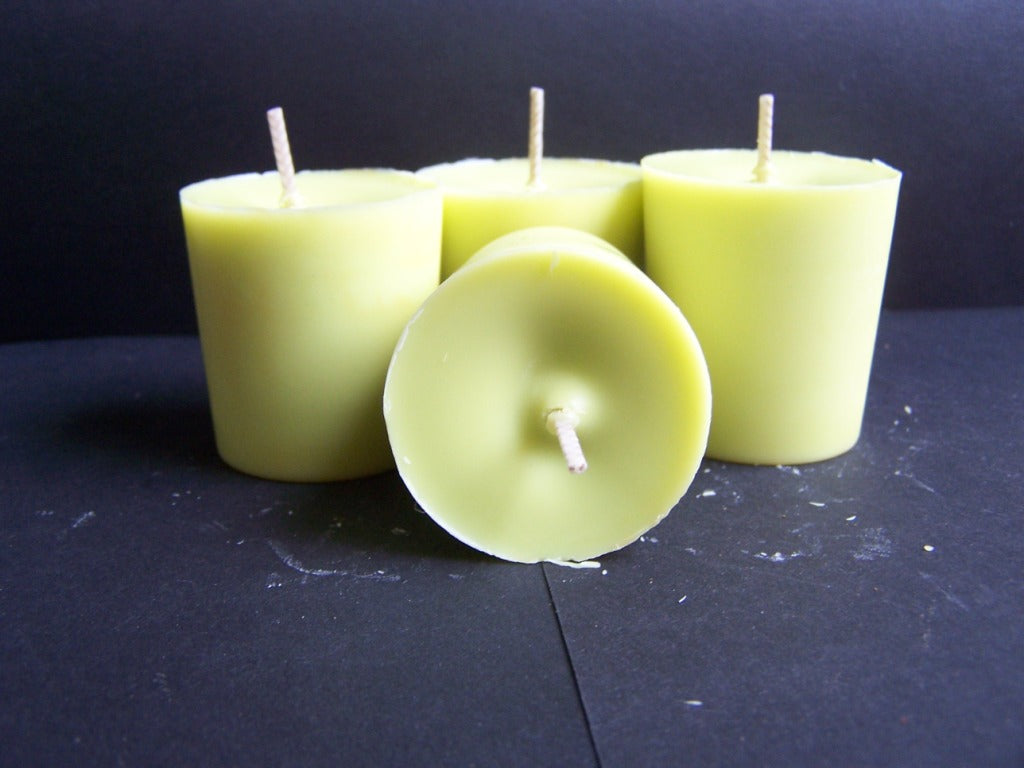Shop Sustainable Soy Wax Candles and Home Fragrance Collections
Shop Sustainable Soy Wax Candles and Home Fragrance Collections
Blog Article
From Wick to Wax: Recognizing the Chemistry Behind Soy Wax Candles and Their Environmental Impact
As we illuminate our rooms with the cozy glow of candle lights, there lies a world of elaborate chemistry behind the seemingly simple act of lighting a soy wax candle light. The choice between soy and paraffin wax expands past mere aesthetic appeals, delving into the world of environmental influence and the very make-up of the materials. Recognizing the molecular structure of soy wax and its burning procedure clarifies the exhausts released into our environments. Join us as we unravel the clinical complexities behind soy wax candle lights and discover their ramifications on our environment.
Soy Wax Vs. Paraffin Wax
When comparing soy wax and paraffin wax for candle production, it is necessary to comprehend the distinctive qualities and benefits of each material. Soy wax is a natural, sustainable source stemmed from soybean oil, making it environment-friendly and biodegradable - candles. In comparison, paraffin wax is a byproduct of petroleum refining, which raises concerns concerning its environmental influence and sustainability
Soy wax candles burn cleaner and release much less soot compared to paraffin wax candles, making them a much healthier option for indoor air high quality. In addition, soy wax has a reduced melting factor, permitting for a longer-lasting candle light that disperses fragrance better. Paraffin wax, on the other hand, has a tendency to shed faster and less cleanly, possibly launching damaging chemicals into the air.
From a sustainability perspective, soy wax is favored for its biodegradability and renewable sourcing, lining up with the growing customer choice for ecologically mindful products. While paraffin wax has actually been a typical option in candle making due to its price and convenience of use, the shift towards green choices like soy wax is getting momentum in the sector.
Chemical Structure of Soy Wax

Burning Refine in Soy Candles
The chemical structure of soy wax directly affects the combustion procedure in soy candles, affecting variables such as shed time, scent launch, and environmental effect. When a soy candle light is lit, the warm from the flame melts the wax near the wick.
The combustion effectiveness of soy candles is affected by the pureness of the soy wax and the high quality of the wick. A clean-burning soy candle light with an effectively sized wick will generate a steady fire and minimize soot development. This not only click this prolongs the melt time of the candle yet likewise boosts the release of fragrances. In addition, soy wax candles have a reduced environmental influence compared to paraffin candle lights because of their eco-friendly and renewable nature.

Environmental Advantages of Soy Wax

Thought about a lasting option to typical paraffin wax, soy wax uses notable ecological advantages that make it a prominent selection among eco-conscious customers. Soy wax burns cleaner and generates less residue than paraffin wax, adding to better interior air top quality and decreasing the demand for cleansing and maintenance. Generally, the ecological benefits of soy wax align with the growing need for eco-friendly and sustainable items in the market.
Recycling and Disposal Factors To Consider
Recycling and proper disposal of soy wax candles play a vital function in preserving environmental sustainability and minimizing waste in communities and households. When it comes to recycling soy wax candle lights, the initial step is to guarantee that the candle has burned completely.

In regards to disposal, if recycling is not a choice, soy wax candles are eco-friendly browse around these guys and can be securely thrown away in a lot of home waste systems. However, it is constantly suggested to get in touch with neighborhood reusing facilities or waste monitoring solutions for specific standards on candle disposal to ensure correct handling and environmental management.
Final Thought
In conclusion, the chemistry behind soy wax candles discloses their ecological advantages over paraffin wax candles. Soy wax, acquired from soybean oil, burns cleaner and generates less soot when compared to paraffin wax.
When contrasting soy wax and paraffin wax for candle light making, it is crucial to understand the unique features and benefits of each material (soy wax candles).Soy wax candle lights burn cleaner and discharge much less soot compared to paraffin wax candle lights, making them a much healthier choice for indoor air top quality.Considered a sustainable option to standard paraffin wax, soy wax supplies notable environmental advantages that make it a popular option amongst eco-conscious customers. Soy wax burns cleaner and generates he has a good point less residue than paraffin wax, adding to better indoor air top quality and lowering the demand for cleansing and maintenance.In verdict, the chemistry behind soy wax candles reveals their environmental advantages over paraffin wax candle lights
Report this page